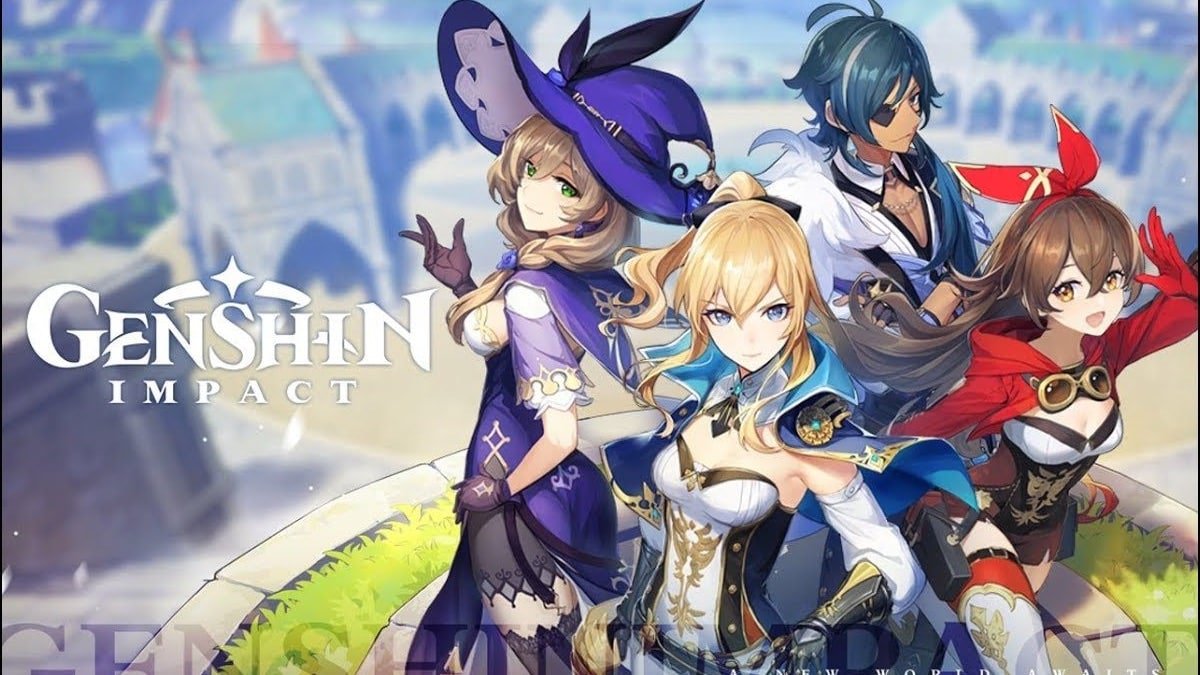The Breath of the Wild Plagiarism Battle
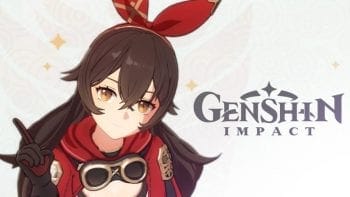
Recently at E3, Chinese video game maker miHoYo announced its upcoming open-world action game Genshin Impact, scheduled to be released for the PlayStation 4 and PC. Earlier this month, at the China Joy gaming expo, the company debuted the first footage from the game at the Sony Booth.
However, that debut garnered headlines for less-than-desirable reasons. Nintendo fans, in particular fans of the Legend of Zelda game Breath of the Wild, staged a protest outside the booth. Many brought their Nintendo Switches, dressed in cosplay from Breath of the Wild and made obscene gestures to the signage for Genshin Impact. One gamer even smashed a PlayStation 4 as part of the protest.
The reason for the outcry? The gamers believed that Genshin Impact crossed the line and was copying too heavily from Breath of the Wild. The protestors, as well as others online, noted the similarities in the art style, mechanics, gameplay and even music between the games.
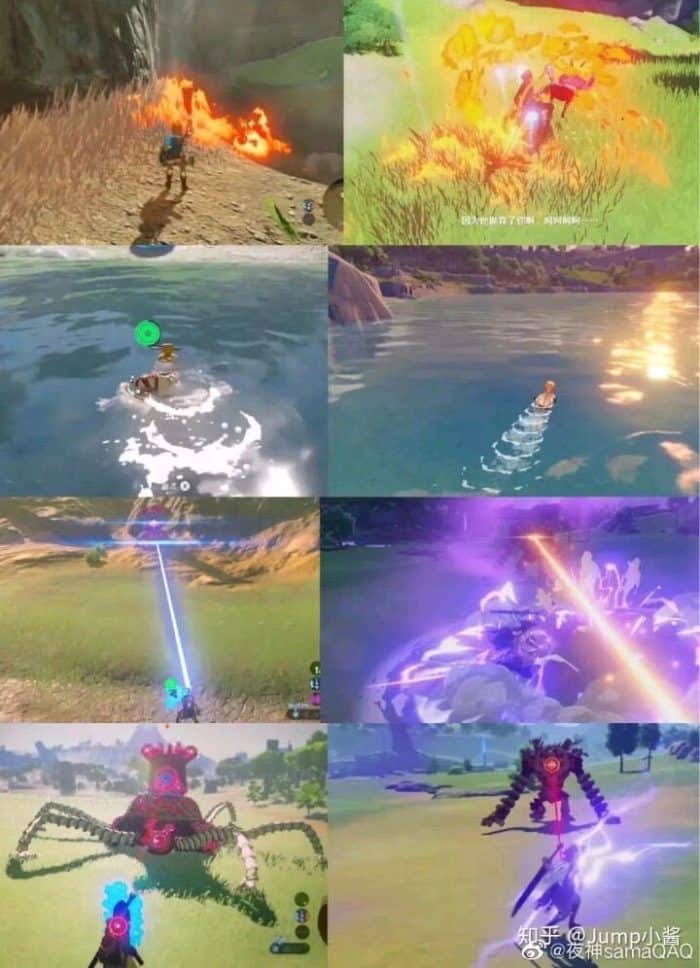
The game had already been described as an “anime Breath of the Wild” and that title seemed to be upsetting many gamers, who found the 2017 game to be one of the best and most unique games in some time.
The story has raised serious questions about homage versus plagiarism in video games and when does a game go from being similar to or inspired by a competitor to become an outright rip off? These aren’t easy questions, especially considering that Genshin Impact hasn’t been released, but they are questions the video game industry has to wrestle with.
To that end, its history may be its greatest teacher.
Attack of the Clones
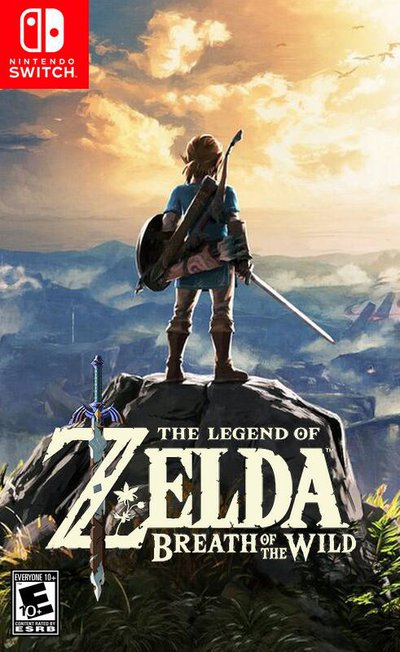
Clones have been a part of video game history since the very beginning. In the early years of the video game industry (in the United States at least) software wasn’t even considered eligible for copyright protection, it was seen as a complicated algorithm rather than a creative work. This made copying and cloning rampant (including low-quality clones that flooded the market) and that is partly blamed for the 1983 video game industry crash.
Though software enjoys stronger copyright protection today, cloning still happens, especially in mobile market. Any remotely successful mobile game is likely to “inspire” a series of clones. For every Angry Birds there are dozens of Angry Aliens. For every Flappy Bird there are countless Flappy Pterodactyls.
But while clones have a presence on mobile and, to a lesser degree, PC markets, they haven’t really been a presence on console markets since the mid-1980s. The reason is because consoles have a higher barrier of entry for developers.
The biggest key has been lockout chips, which prevented unauthorized development. Where anyone could make and publish a game for the Atari 2600, only those authorized by Nintendo could do so for the Nintendo Entertainment System (other than those that bypassed it).
To be clear, this didn’t eliminate issues of plagiarism, copying or infringement. Video games still copied from one another quite heavily and both the ethics and legality of the copying has been often debated.
One modern example is the battle between Fortnite and PUBG. PUBG was the original “Battle Royale” game but Fortnite took the overall the formula and went a different direction with it. The games are as notable for their differences as their similarities. The term “clone” is rarely used to describe Fortnite.
Though the overlap did result in a lawsuit, it was quickly dropped and fans seem to have no ethical issue playing Fortnite as it rakes in hundreds of millions per month for its developer, Epic Games. Despite sharing the core gameplay, the two games are different enough to each have their own niche.
But this brings us back to Genshin Impact. Not only does it share the core gameplay as Breath of the Wild, it also reportedly shares musical cues extreme graphical similarity and more.
Is it possible that miHoYo simply pushed things too far?
Endless Shades of Gray
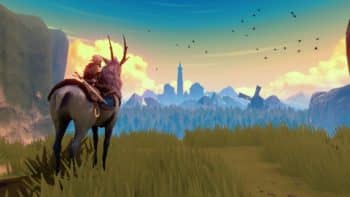
Video games copying one another has been a key part in how the medium has grown and evolved. Video games have copied control schemes, mechanics, art styles and, as with Fornite, game types without issue.
When one game finds a better way to do something, others will inevitably copy it and apply it. This makes games stronger and better across the board. PUBG and Fortnite, for example, are very different games graphically, in terms of the specific mechanics they use and the general feel of the games.
Indeed, this is one of the problems Genshin Impact faces. Though gamers are citing specific elements that are similar, the more broad complaint seems to be that the two games feel extremely similar and that miHoYo is attempt to recreate Breath of the Wild rather than take the best elements of the game and create something new with them.
This digs especially deep for two reason:
- As one commenter put it, China has a lengthy history of cloned games. Due to the a fifteen-year history of consoles being illegal, local developers would simply clone popular games the best they could and sell them on the gray market. Gamers in China have no desire to go back to that.
- Breath of the Wild is an exclusive for the Nintendo Switch where Genshin Impact is slated for release on PlayStation 4 and the PC. This is seen as not just an attempt to clone the game, but an attempt by Sony to compete with the Switch by having a game as close to Breath of the Wild as possible.
But while this explains the anger observed earlier this month, it doesn’t answer the question: Did Genshin Impact cross ethical or legal lines?
The answer to that may rest with Decay of Logos, a new game by Rising Star Games and Amplify Creations. The game has routinely been compared with Breath of the Wild, but without the same level of controversy. Though it features many similar elements, reports are that it plays very differently from Breath of the Wild and has a more medieval art style. In short, while it is close enough to draw the comparisons, it has enough separation to avoid allegations of being a rip off.
Did Decay of Logos walk up to a line that that Genshin Impact crossed? Many seem to believe exactly that. However, as with most plagiarism issues, there’s no real bright line rule here. It can be tough to nail down what Decay of Logos did different from Genshin Impact. The audience seems to feel that one is significantly more of a rip off than the other.
For video games, this is a major challenge. However, it’s not a challenge unique to it. The battle of inspiration vs. plagiarism is as old as art itself. Finding the point where imitation becomes copying is difficult under the best of circumstances.
Video games have the added wrinkle of being a relatively new medium when compared to writing, music and even film. Today’s copycat could be next year’s industry standard. After all, there are now dozens of battle royale games, including such a mode being patched in to Fallout 76.
It could be that, with time, we’ll look back on Genshin Impact not as a clone or a copy, but as the second of a new genre. However, that seems less likely as Breath of the Wild was already operating in a well-defined genre that it shares with games like Shadow of the Colossus.
Still, with situations like this, history is the only real judge. With the game not even released and only a few minutes of footage available, it’s impossible to know just what its legacy will be.
Bottom Line
What’s surprising about this story isn’t that there are accusations of plagiarism and copycatting on the part of Genshin Impact. Such accusations and discussions have been an ongoing part of video game culture for quite some time and, given how strongly Genshin Impact wears its influences on its sleeve, the allegations were unavoidable.
What is usual is the level of anger. While much of it was explained from the comments highlighted above, it also points to the impact Breath of the Wild has had on its fans. After all, there have been countless direct clones of mobile games and none of those get anywhere near the anger we’ve seen here.
Ultimately, art is a very personal medium, not just for the people that create it, but for those that enjoy it. People are going to respond to what they see as attacks on their person in unpredictable ways.
Perhaps that’s one of the many takeaways of this story: Be careful when taking inspiration from beloved things.
That’s not to say to never copy and never borrow, but to be mindful of what you copy and how you use it. Even if you’re within the bounds of the law, you’ll still have the watchful eye of the audience on you and, if they feel you misused the content, they will let you know.
Possibly through obscene gestures and smashing a PS4.
Want to Reuse or Republish this Content?
If you want to feature this article in your site, classroom or elsewhere, just let us know! We usually grant permission within 24 hours.
